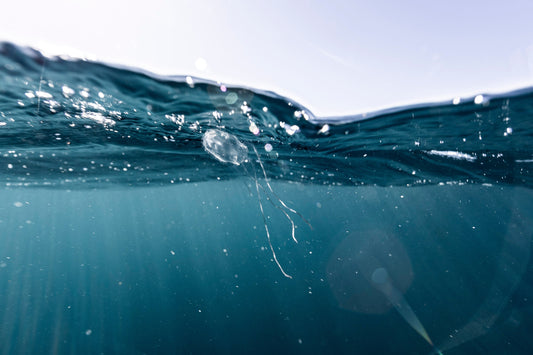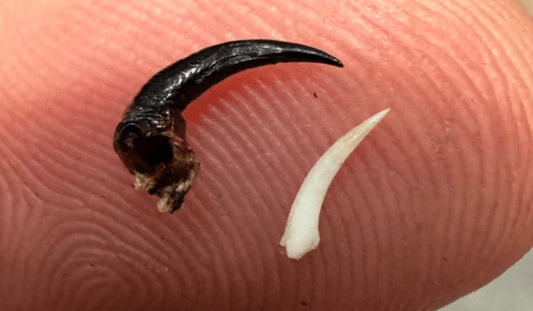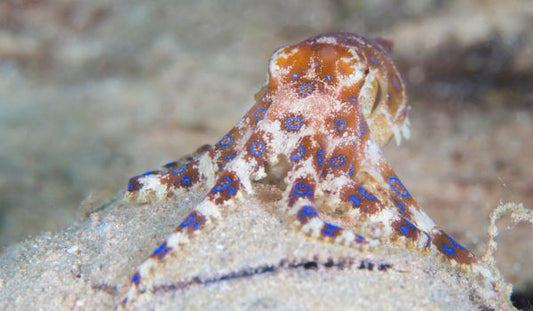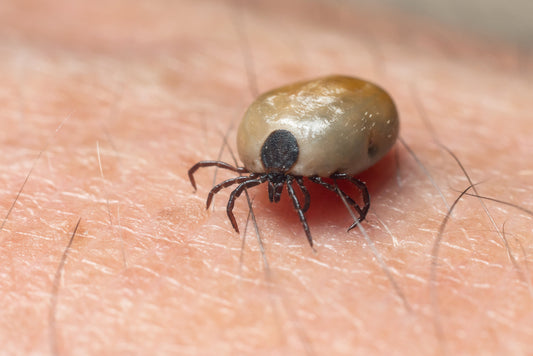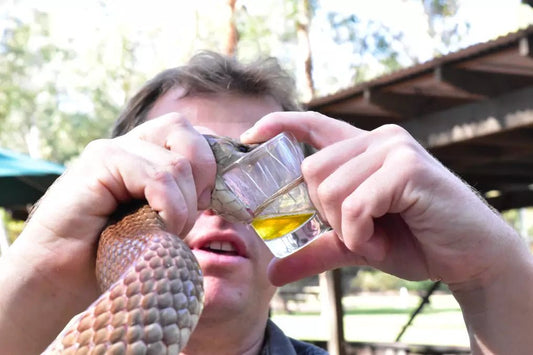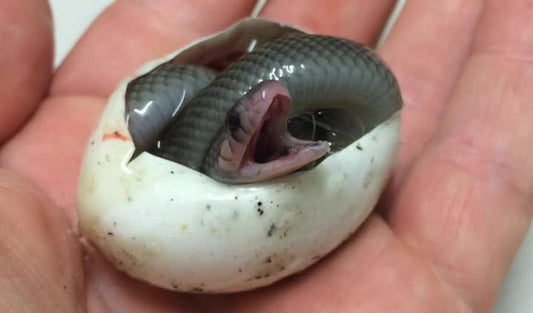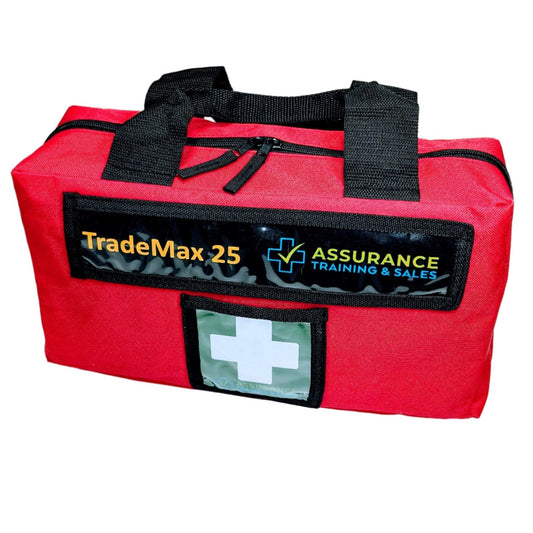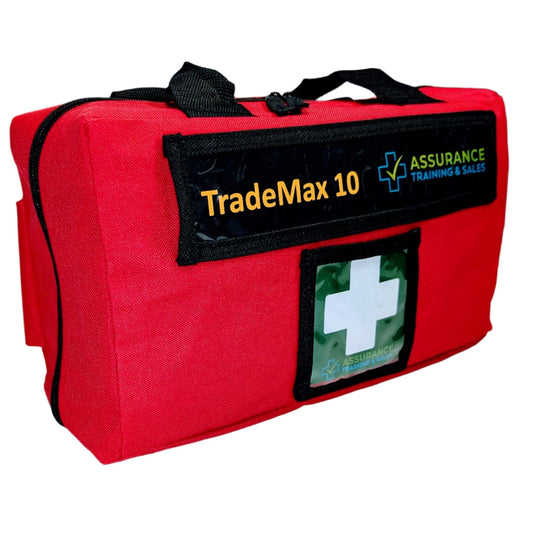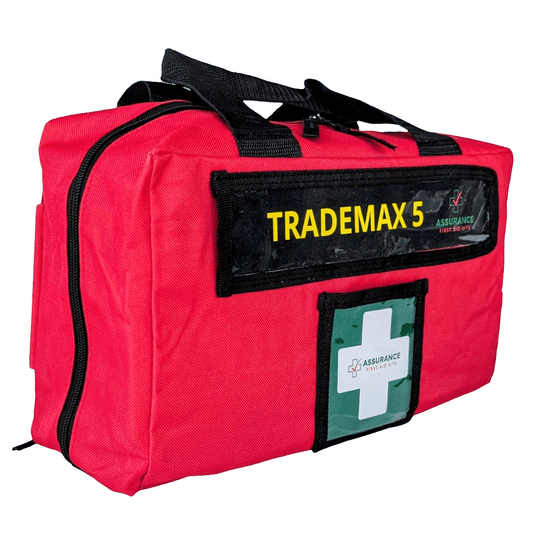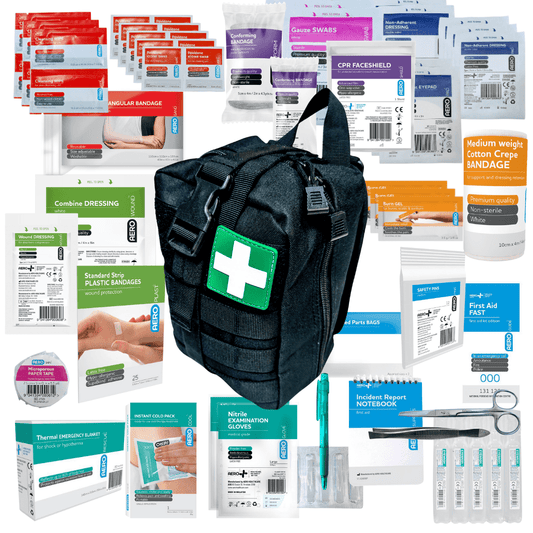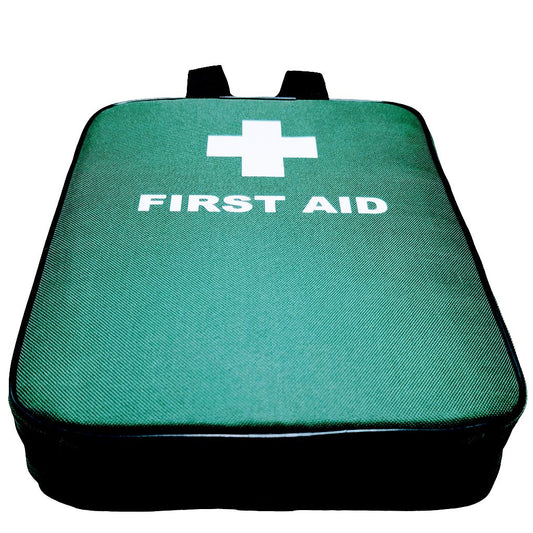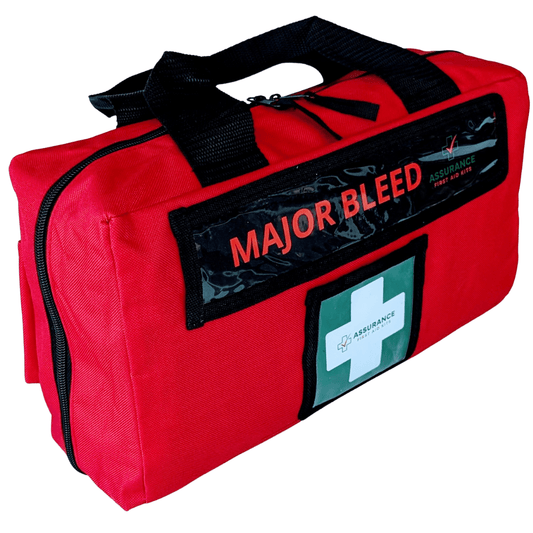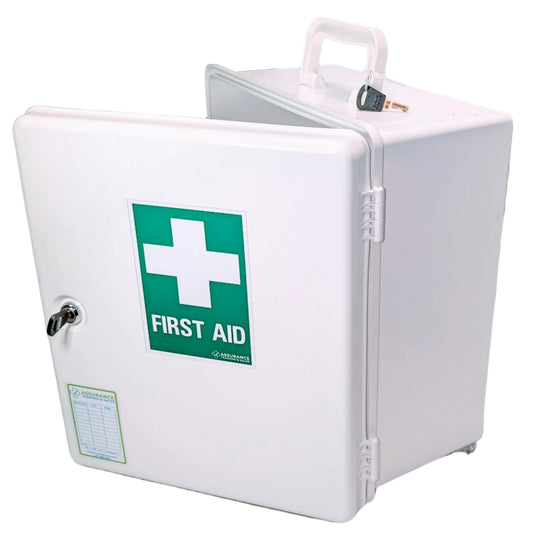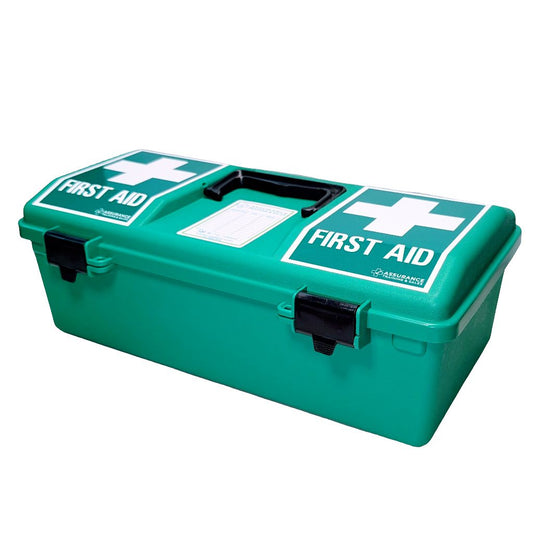Snake bites in Australia can be deadly—but only if you’re unprepared. Applying a snake bite bandage the right way can be the difference between life and death.
Here’s exactly how to do it, based on AVRU, NSW Health, and Assurance Training & Sales guidance.
Whether you're hiking, camping, or just at home—this is the first aid every Aussie should know.
Why Technique Matters
Most snake bites don’t hurt at first.
That’s part of the danger.
Some people think they weren’t bitten—until it’s too late.
Others panic and run, which speeds up venom circulation.
The Pressure Immobilisation Technique (PIT) is the gold standard.
It slows the venom’s spread, giving you precious time to get to help.
Step-by-Step: How to Use a Snake Bite Bandage
✅ 1. Keep the person still and calm
Movement pumps venom around the body faster.
Get them lying down. Reassure them. Don’t let them walk.
✅ 2. Call 000 immediately
Let emergency services know it’s a suspected snake bite.
The clock is ticking—but moving fast isn’t the answer. Staying still is.
✅ 3. Apply a pressure bandage with indicator
Use a snake bite compression bandage with a tension indicator (like ours).
Start juststart at the tip of the limb, and wrap to the top of the limb.
- The bandage should be firm but not tight—enough to limit lymphatic flow without cutting off circulation.
- Use the indicator markings on the bandage to apply correct pressure. The rectangles on the tension indicator bandage should turn to squares (they won't be perfect squares!)
- If there’s no indicator, aim to match the pressure of a sprain wrap.
✅ 4. Immobilise the limb
Once the whole limb is bandaged, use a splint or sling to keep it completely still. This step is critical.
✅ 5. Mark the bite site
Use a pen or marker to draw a circle around the bite area (over the bandage).
This helps paramedics assess the situation fast.
Bite site swab tests are not always performed now days.
Pathology testing (blood and urine) is now the more common and preferred method, especially in larger or metro hospitals.
✅ 6. Wait for help – do NOT:
- Cut or wash the bite
- Try to suck out venom
- Move the person unless they’re in danger
First Aid for Snake Bites in Children
Snake bites in kids require the same steps—but with extra attention:
- Smaller limbs mean less margin for error. Always use a bandage with a visual tension guide.
- Stay calm. Children pick up on panic fast. Keep your voice low, clear and steady.
- Keep them lying down and distracted—read a story, hold their hand, speak softly.
💡 Tip: Store your kit where kids can reach it—and teach kids what it’s for, how to use it and how to call for help.
What’s the Best Snake Bite Bandage to Use?
The best snake bite bandages in Australia have these must-haves:
- Tension indicators for proper pressure

- Enough length for full limb wrapping
- Durable stretch material
- Included instructions or QR code for guidance
- 👉 Our Snake Bite Kit includes bandages with indicators, plus easy-to-follow AVRU instructions
Final Advice: Practice Before You Need It
In a real emergency, your hands may shake.
Don’t wait for that moment to learn.
Practice applying the bandage at home.
Rehearse the steps. Talk to your kids about what to do.
Because the best first aid is being ready before it happens.
Shop Kits Built for Australian Conditions
✅ Designed with AVRU-backed guidance
✅ Includes bandages with printed indicators
✅ Includes instructions you can follow under pressure
✅ Trusted by real Aussie bushwalkers, workers, and families
👉 Buy a Snake Bite First Aid Kit
👉 What to Do After a Snake Bite



